It’s bewildering, even distressing, when the thermostat says “heat on,” but no heat comes from the vents. Furnace issues can ruin your day or several days if you go without heat until a technician can visit your house. Service calls aren’t cheap, either. But you might not require a professional to get your furnace working. Before you succumb to cold temperatures or shell out money for a furnace inspection, try troubleshooting your furnace issues yourself.
Homeowners can quickly and efficiently address many common reasons that cause furnaces to stop heating. Sometimes, it’s as easy as flipping a switch. Before you seek professional help, attempt a few troubleshooting measures.

Find the Ideal Furnace for Your Home: View Our Products
Common Reasons Why Your Thermostat Says Heat On But No Heat
Several issues can cause the furnace not to blow hot air despite the thermostat's setting. People with little to no HVAC experience can address many of the reasons listed below. If any of the following tasks are beyond your abilities or make you uncomfortable, call a professional to assess the situation.
Your filter is dirty and full of debris.
A dirty air filter is a common reason furnaces stop heating. The air filter traps contaminants from the air that enters the furnace to keep the furnace operational and improve your home’s air quality. The longer a filter remains in the furnace, the more contaminants accumulate and eventually clog the filter. One consequence of restricted airflow is an inadequate supply of air to be heated. Insufficient airflow can also cause the furnace to overheat and shut down.
Replace the filter with a new one. Locate the point where air flows into the furnace from the return ducts to find the filter’s position. Slide out the filter. Note the filter’s model number and size before you purchase a replacement. Filters come in various types, sizes, and MERV ratings.
Note the arrow on the replacement filter before inserting it. Position the filter so the arrow points to the furnace and slide the filter into the slot. How often you should change the air filter varies, but filters generally need to be replaced every 30 to 90 days. Check the filter every 30 days, and replace it when it appears dirty.
The gas supply is turned off.
Gas furnaces require a gas supply to operate. Make sure the gas valve is on. Follow the gas pipe out from the furnace to find the valve. The valve should be within six feet of the furnace. Valve designs differ from house to house. The valve often has a red or yellow lever or knob.
The gas valve is open if the lever or handle is parallel to or in line with the gas pipe. The valve is closed if the lever or handle is perpendicular or crosswise to the gas pipe. Turn the handle or lever parallel to the line if it's closed. If you smell gas at any point, turn off the valve and call a professional. Gas has a sulfuric or rotten egg odor.
If the gas supply was on, verify with the gas company that your service is not interrupted because of unpaid bills or gas line maintenance in your area.
Your thermostat is on the wrong setting.
The thermostat tells the furnace when to turn it on. Incorrect settings prevent the furnace from heating up. First, increase the temperature by five degrees or more. Increasing the temperature might induce the furnace to turn on. Be sure to reduce the temperature after the furnace begins heating.
If the heat still doesn’t turn on, examine the thermostat’s settings:
- The heat setting is on.
- The fan setting is “auto.”
- The temperature setting is above the room’s temperature.
- The temperature setting is not so high or drastically different from the outdoor temperature that the furnace can’t achieve it.
- A programmed schedule isn’t running.
The heater is cut off from the power source.
Furnaces, including gas furnaces, require electricity to operate. A tripped breaker or a turned-off power switch stops the flow of electricity to your furnace.
First, check the furnace’s power switch. The switch resembles an ordinary light switch. It will be close to the furnace, but the actual position varies. Check the sides of the furnace, nearby walls or studs, and ceiling and floor joists. Typically the up position is “on.” Flip the switch to “on” if it’s off, and wait for the furnace to start.
Check the circuit breaker to see if the switch was on or if the furnace didn’t fire up after turning it on. Circuit breaker panels are typically located in utility rooms, laundry rooms, and basements. Check the circuit breaker panel for a switch labeled “furnace,” “FAU” (shorthand for a forced-air unit), or “air handler.”
- If the switch is in the “on” position, check if your other appliances have power. If they don’t, the power might be out.
- If the switch is on the “off” position, flip the switch to the “on” position.
- If the breaker has been tripped, the switch will be in the center position. If you flip it in that direction, it won’t stay in the “on” position. Flip the switch to “off” and then “on” to reset it. Call a professional to diagnose the problem if the breaker trips immediately or in the near future.

Find the Ideal Furnace for Your Home: View Our Products
The flame sensor is dirty.
The furnace’s flame sensor ensures the burners have ignited when the gas valve opens. If the burners don’t ignite, the flame sensor shuts off the gas supply to prevent the house from filling with flammable gas. Flame sensors extend into the burners’ flames and become coated with soot and carbon deposits over time. Dirty sensors are incapable of sensing flames, so they must be regularly cleaned.
Inspect your flame sensor. Shut off the power to the furnace using the furnace switch or the circuit breaker. If the furnace has recently been running, let it cool for thirty minutes before working on it.
The furnace’s manual can help you locate the flame sensor. Generally, the access panel needs to be removed with a screwdriver. The flame sensor resembles a thin, possibly bent metal rod extending near the burners. The sensor is usually mounted with a quarter-inch hex screw and attached to wires.
Remove the screw, and carefully slide the sensor out of the housing. Disconnect the sensor from the wires. If the metal rod appears blackened or encrusted, clean the furnace flame sensor.
Flame sensors have short lifespans of about five years. If you see cracks in the porcelain or the furnace won’t turn on after cleaning it, and the sensor has never been changed, replace the flame sensor.
The thermostat is malfunctioning.
Thermostat malfunctions can prevent the furnace from turning on or turning on often enough.
- Weak or dying battery: A weak or dying battery might prevent the thermostat from functioning. Some thermostats have a “low battery” icon or audible warning signal. Change the battery now and at the beginning of each heating and cooling season for uninterrupted airflow.
- Broken sensor: A broken temperature sensor causes the thermostat to mismeasure the temperature. Sensors have five to ten-year lifespans.
- Dirty thermostat: Dirt and dust can accumulate inside thermostats, excluding smart thermostats, and cause them to malfunction. To clean your thermostat, first, remove the cover. Some covers have clips and snap off, and others have screws to remove. Use a paintbrush to gently brush away dust and dirt from the thermostat’s components. A dollar bill can be slid between close components like dental floss to remove debris. Inspect the wires for corrosion and loose connections, and call an electrician if you locate wiring issues.
- Calibration: Older mechanical thermostats can be calibrated if the temperature on the device doesn’t match the room's temperature. You’ll need a mercury thermometer and tape. Tape the thermometer to the wall an inch away from the thermostat. Wait fifteen minutes and compare the readings on the thermometer and thermostat. If the reading differs by one or two degrees, the thermostat doesn’t need to be calibrated. If the readings vary greatly, clean the thermostat before calibrating it. Thermostats have heat anticipator adjustment levers. If your furnace is not turning on enough, move the lever away from the “longer” setting, one mark at a time. Wait another fifteen minutes to compare the thermostat and thermometer readings and determine if additional adjustments are necessary.
- Incorrect installation: If the thermostat has recently been installed, it might have been installed incorrectly. Call an electrician to assess and rewire it.
A Recap of Why the Thermostat Says Heat On But No Heat Comes from the Furnace and What to Do About It
- Dirty air filter–Change it.
- Gas supply turned off–Turn on the valve or call the gas company.
- Incorrect thermostat settings–Review all the settings and change them if necessary.
- No power to the furnace–Ensure the power switch and circuit breaker are on.
- Dirty flame sensor–Examine it and clean or replace it.
- Thermostat malfunctions–Change the battery, clean the thermostat, inspect the wires, calibrate it (if mechanical), and call an electrician if necessary.
If your furnace still doesn’t heat up after attempting these troubleshooting measures, call an HVAC technician to diagnose the problem.
Frequently Asked Questions
Can you put the heating on without a thermostat?
It is possible to turn on the heat without a thermostat. It requires connecting or jumpering the wires of the thermostat or the furnace control board. Knowledgeable persons should only attempt this action to avoid electric shock and damage to the system.
Why is my thermostat blinking heat on?
If the words “heat on” repeatedly blink on your thermostat’s screen, your furnace is in lockout mode. Lockout mode typically lasts five minutes and prevents the furnace from overheating or short cycling. A power outage can also cause the furnace to enter lockout mode.
How to turn off heat without the thermostat?
Cut power to your furnace to turn it off without the thermostat. Locate the furnace power near the unit. The power switch resembles an ordinary light switch. Turn the switch to the “off position” to cut power to the unit and turn off the heat.

Find the Ideal Furnace for Your Home: View Our Products


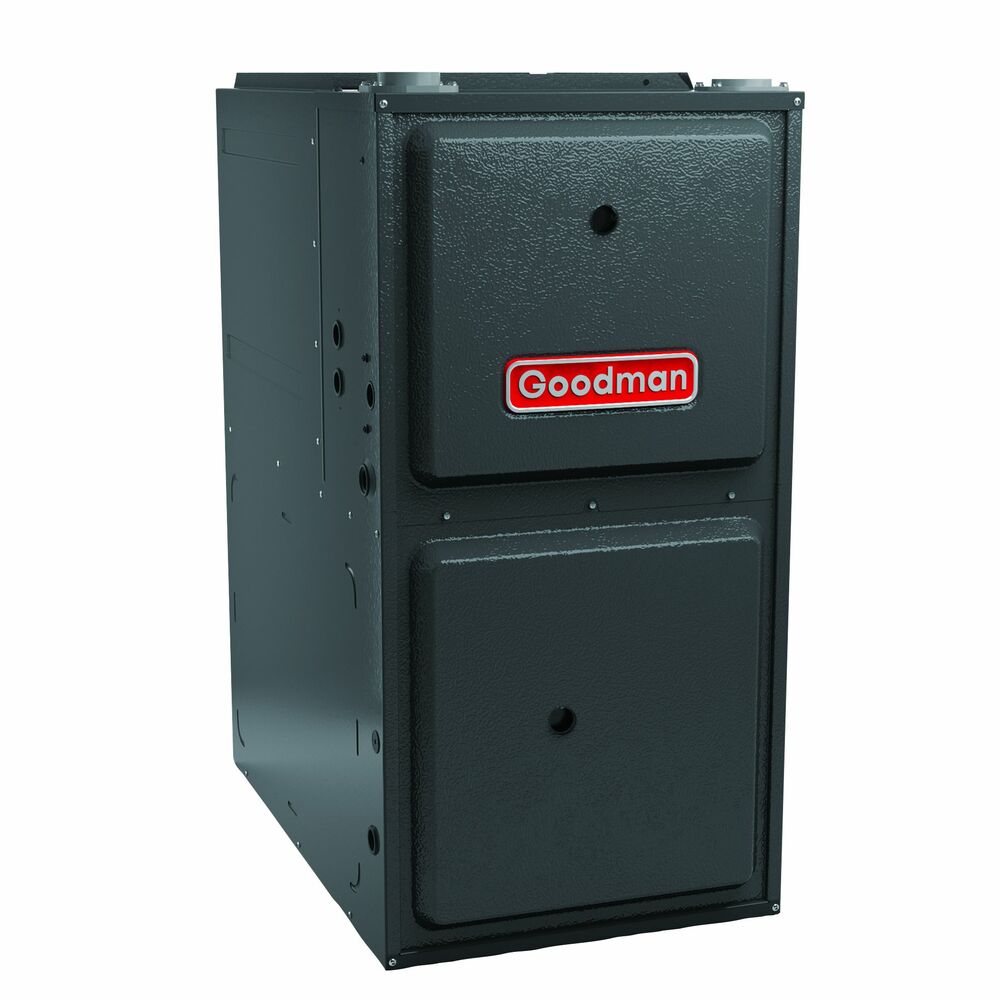
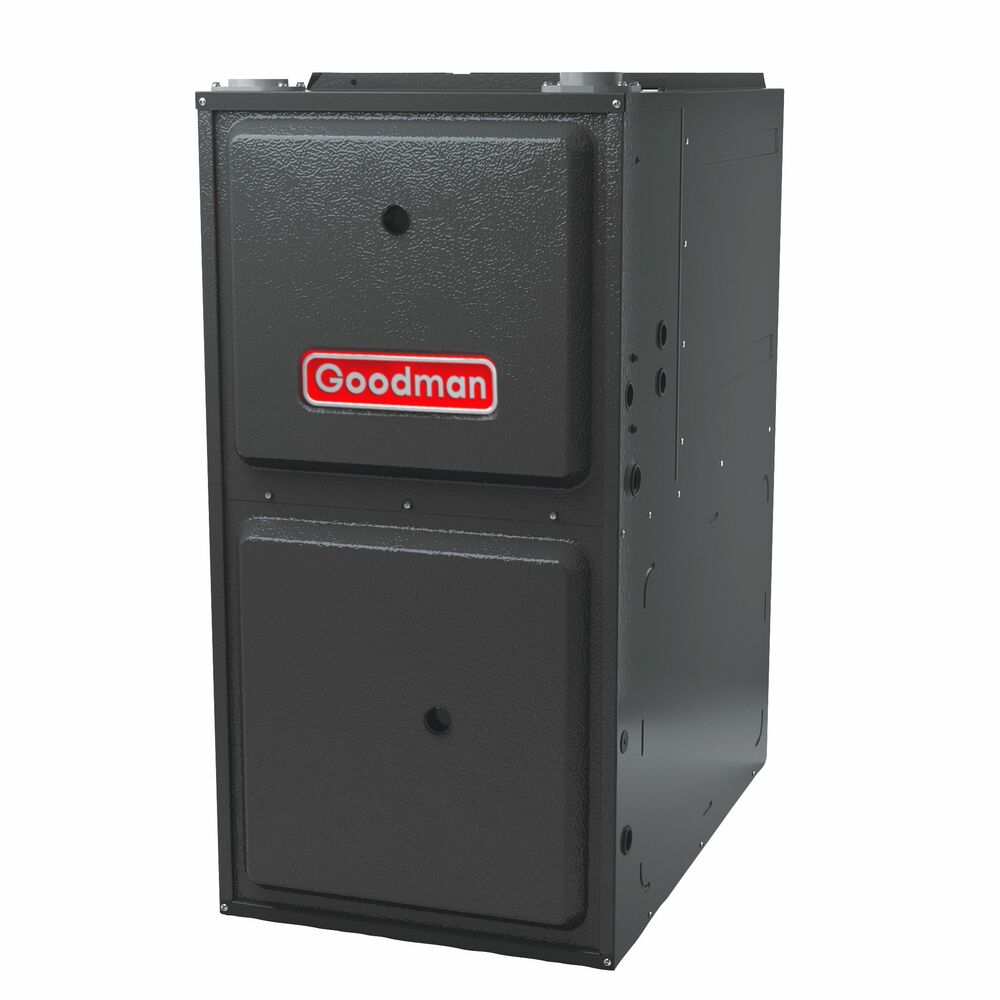
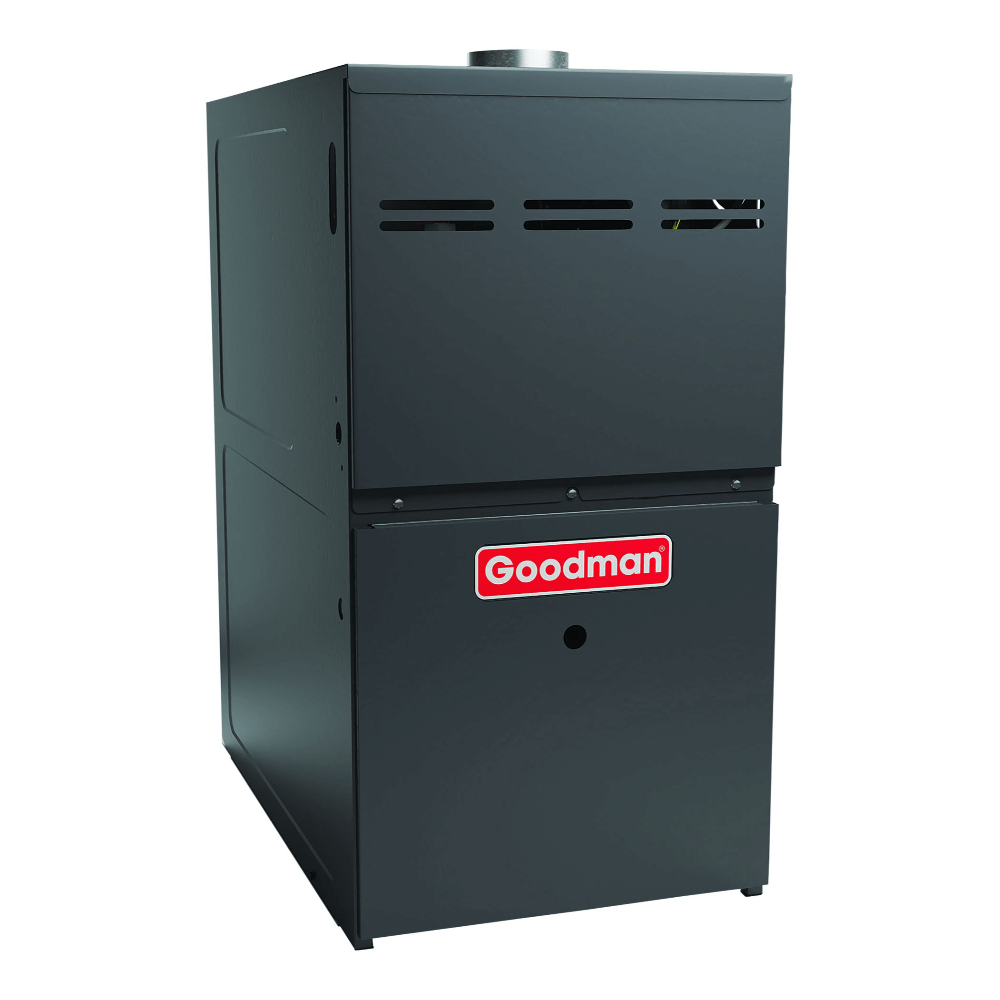
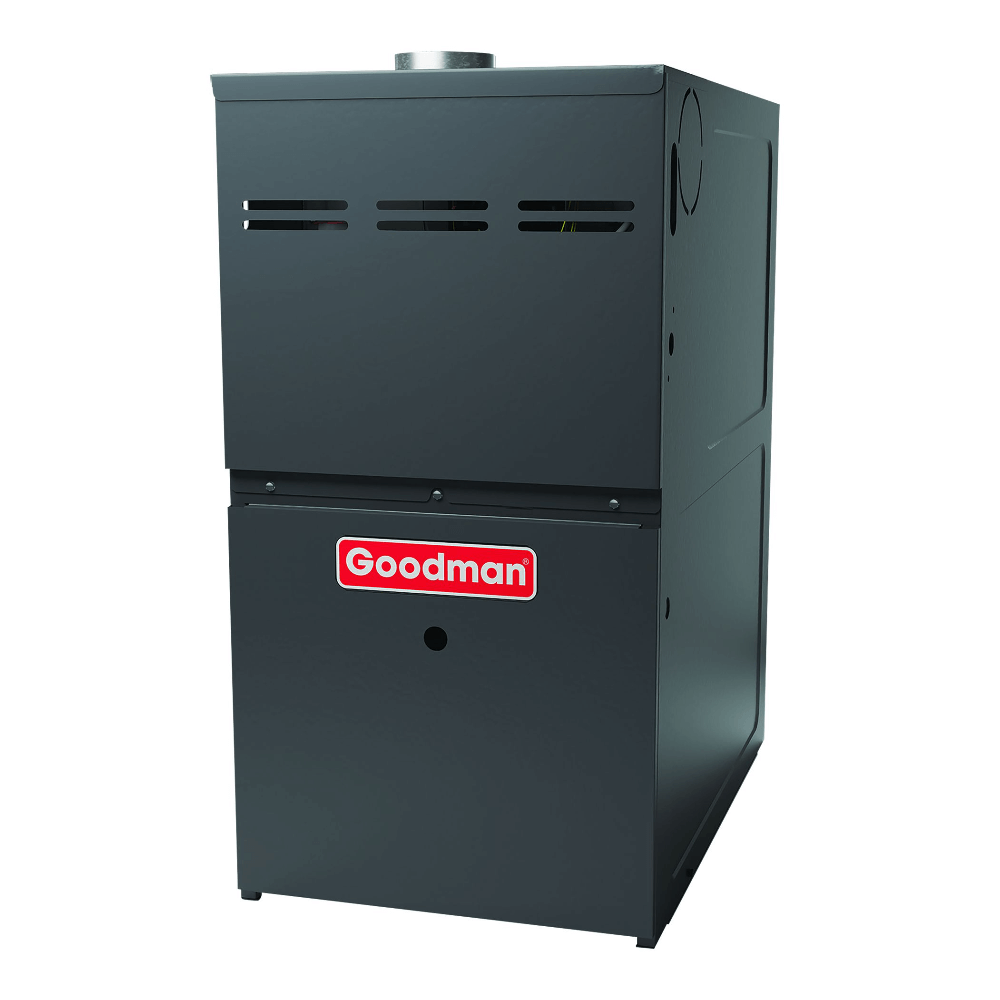
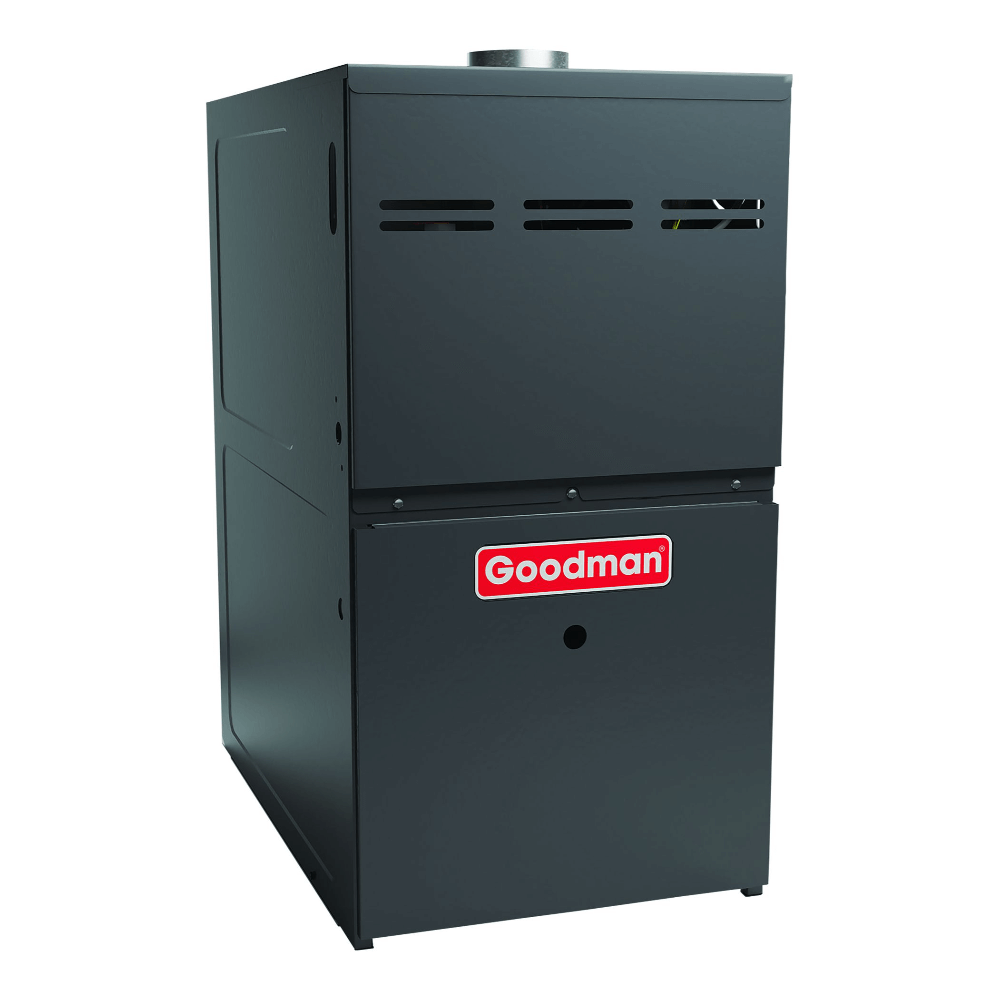
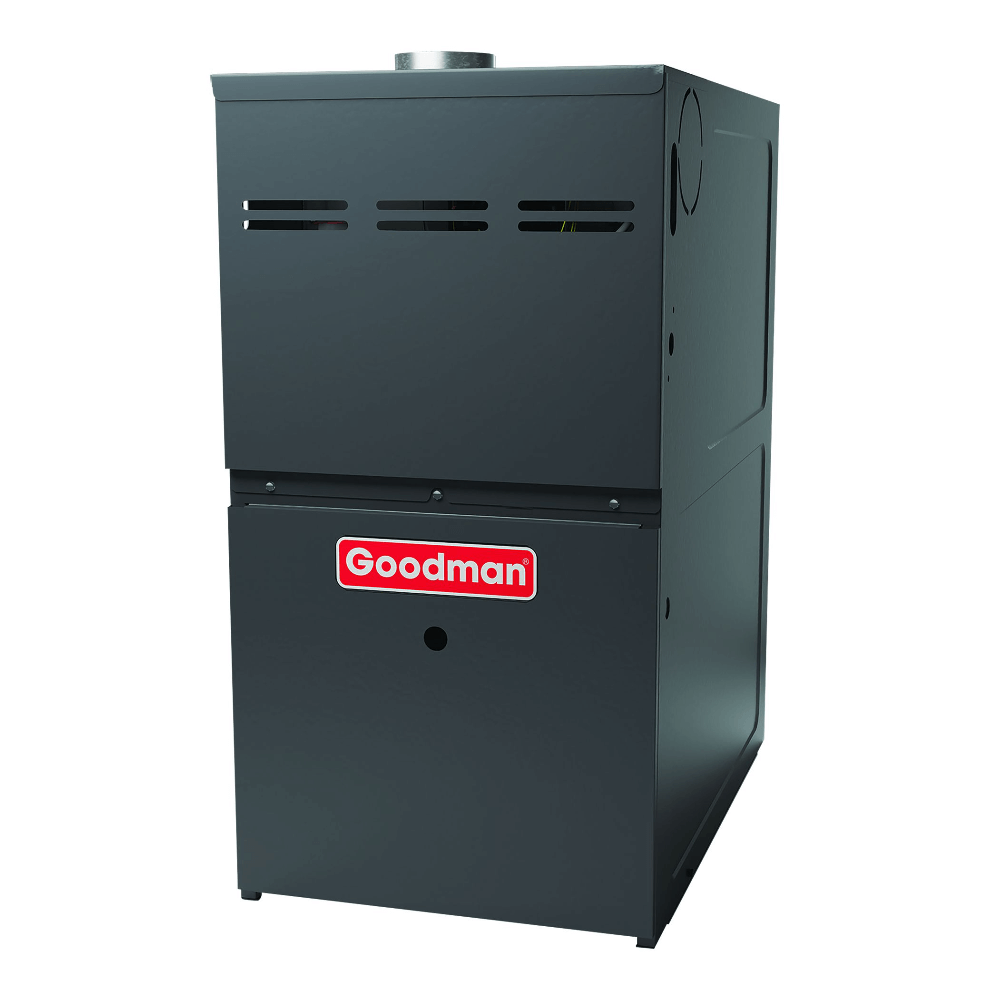
2 comments
Uzaima
Very informative, you cleared all my confusion regarding why thermostat say heat on but no heat is coming from system. Thanks alot
Greg Martin
I have a hydronic heating system. The furnace is up to temperature, several zones are calling for heat, and the circulator pump light is on. But there’s no heat in the house. The large pipe from the rear of the furnace that sends hot water to the baseboard radiators is cold when its temperature is measured a few feet from the furnace. The end of that pipe on the furnace is very hot. It appears that hot water is not flowing through the pipes. The system was recently repaired and was bled. Suggestions ?